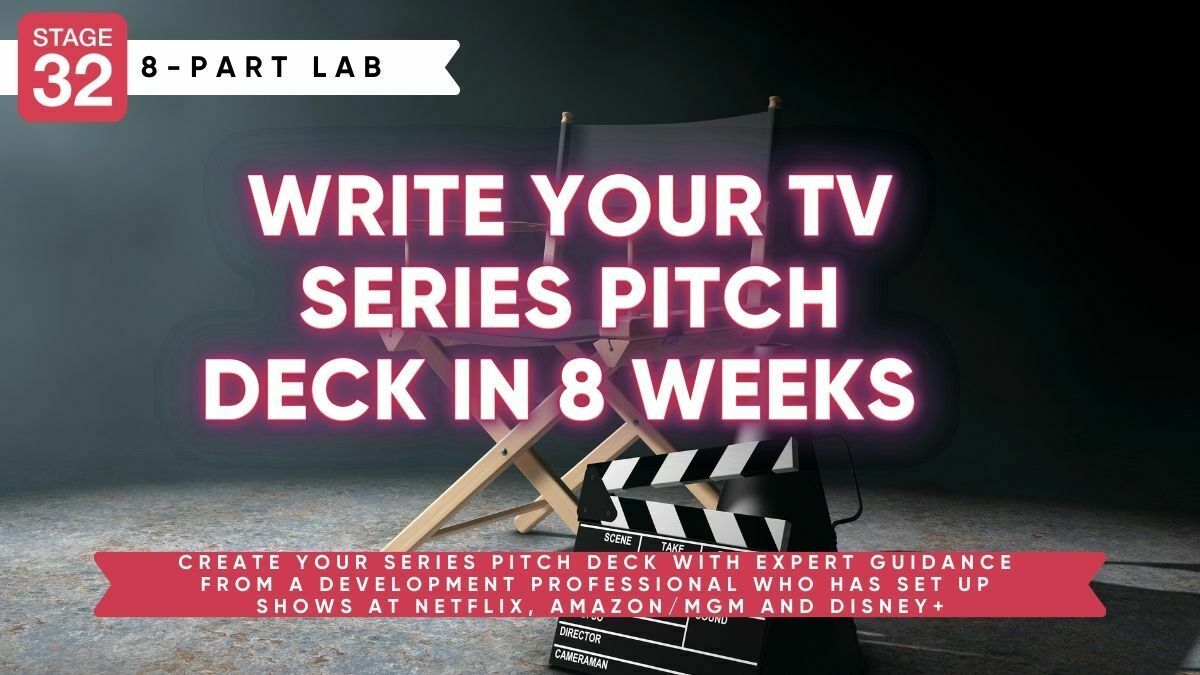Hello I am going to make an attempt to shoot and edit my first commercial for TV. Never done anything like this, does anyone have any tips, advice to give at all.. It will be for a clothing store, and they sell outdoor adventure items as well. I already have a couple of shots drawn out on a story board, but I have just got started. ( I will be using a dslr, tripod, slider etc , and maybe a gopro for kayak on water) Thanks in advance



First of all, congratulations! Taking the first step to shoot is such a big deal, so congrats. Can anyone lend Anthony some advice?
Once you have the script, make a storyboard. Stick figures and a sketchy background are fine since you are creating the storyboard for yourself. Shoot the storyboard, record the voice over and use any music and SFX that you like, then edit the spot from the drawings. If it is about a cat you will be the hit of YouTube. Tweak the crap out of what you shot or need to reshoot and play until it works in your mind and has the flow, pacing and stills the story that you wish. DO NOT SHARE THIS VERSION. It is a notebook for you alone. For the visuals, find existing scenes, shots, stills, ideas that work for you. Look carefully at the images. From each image you should be able to extract why you like it, and info about the focal length of the lens, the lighting, and movement if applicable. Make notes of what you like and what you don’t like. Apply what you learned to your visual approach to your project. Copying existing artwork is a time honoured method of learning. This can apply to any part of the production. When you look at locations, know which shots will be done and what the content is. Does the content and part of the story told work in that location? Can you make it work? Do you have the tools needed to make the location enhance the shot you wish? i.e. If you need a row of 12K HMIs through 12x12 silks to achieve the shot, can you afford them, the genny and power distribution to make it work? Sometimes choosing the location for a shot is based on the gear you have. Selecting setups that can be accomplished with the gear you have is really important. If you can’t make it work really well, don’t do it. Plan the order of shots on location. Always make sure the people look good, have someone there to do hair and make-up. The shots throughout the spot need to have a visual continuity to each other, so make sure they have one. Take stills from the angles you wish to shoot and make sure to have a stand in if the shots will have people in them. Shoot those stills at the approximate time you will be shooting the actual shots. If you can shoot the stills with a lens that will give you the angle of view of the camera you will shoot the spot with. Drop the stills you shot into your edited storyboard and see what jumps out at you as not being quite right so you know what to fix in terms of setup, light, and art direction. Be so prepared that once you start, the shoot almost runs by itself. Do not play back anything for anyone other than yourself, no monitors if YOU don’t need them. Nothing good comes from onset playback. If you are unsure if you got something, just shoot it again. Quicker and easier with less second-guessing by everyone within earshot. Get as close to the finished look in camera, do not leave it for post. Stay true to your vision and you will be fine. Be honest with yourself and you will learn a lot from the experience.
Wow Andrew. That's a lot. Thanks for all the input. I have already shot most of the commercial. I did do pretty much what u said. I put it together and found I'm missing about 3 seconds of video. I will need to go back one more day and grab 2-3 shots ... 3 to be safe.
2 people like this
Reshoot? Not 2-3 shots, but 2-3 sequences. At least. What the heck, add a new one. If you are doing some pick-ups, sit down and look at a rough edit of what you have. Honest assessment of your own work is needed. What could you do better for more impact? Since you have much of it in the can the rough cut becomes your baseline starting point. The challenge now is to make it much much better. Better movement, better framing, better art direction, better lighting, better performance, more angles for faster cutting pace, anything can be done when you know exactly where it will cut in. Take advantage of the situation and push yourself. Do safe takes and then risky ones that push you out of your comfort zone.